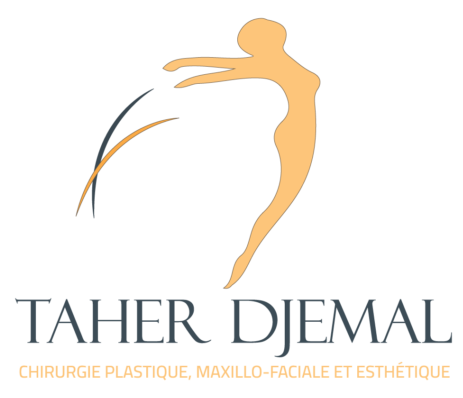Plastic and Reconstructive Procedures
Reconstructive surgery is performed on abnormal structures of the body caused by congenital defects, developmental abnormalities, trauma, infection, tumors or disease. It is generally performed to improve functions, but may also be done to approximate a normal appearance.
Breast reconstruction
Breast reconstruction is achieved through several plastic surgery techniques that attempt to restore a breast to near normal shape, appearance and size following mastectomy.
Although breast reconstruction can rebuild your breast, the results are highly variable.
About symmetry: If only one breast is affected, it alone may be reconstructed. In addition, a breast lift, breast reduction or breast augmentation may be recommended for the opposite breast to improve symmetry of the size and position of both breasts.
Child’s cleft lip and palate repair
Cleft lip (cheiloschisis) and cleft palate (palatoschisis) are among the most common birth defects affecting children.
The incomplete formation of the upper lip (cleft lip) or roof of the mouth (cleft palate) can occur individually, or both defects may occur together.
A cleft, or separation of the upper lip and/or the roof of the mouth, occurs very early in the development of your unborn child.
Cleft lip and cleft palate repair is a type of plastic surgery to correct this abnormal development both to restore function and to restore a more normal appearance.
Most clefts can be repaired through specialized plastic surgery techniques, improving your child’s ability to eat, speak, hear and breathe, and to restore a more normal appearance and function.
SCAR REVISION
Scar revision surgery is meant to minimize the scar so that it is more consistent with your surrounding skin tone and texture.
Scars are visible signs that remain after a wound has healed.
- They are unavoidable results of injury or surgery, and their development can be unpredictable.
- Poor healing may contribute to scars that are obvious, unsightly or disfiguring.
- A wound that heals well can result in a scar that affects your appearance.
- Scars may be raised or recessed, different in color or texture from surrounding healthy tissue or particularly noticeable due to their size, shape or location.
Your treatment options may vary based on the type and degree of scarring and can include:
- Simple topical treatments
- Minimally invasive procedures
- Surgical revision with advanced techniques in wound closure
- Although scar revision can provide a more pleasing cosmetic result or improve a scar that has healed poorly, a scar cannot be completely erased.
